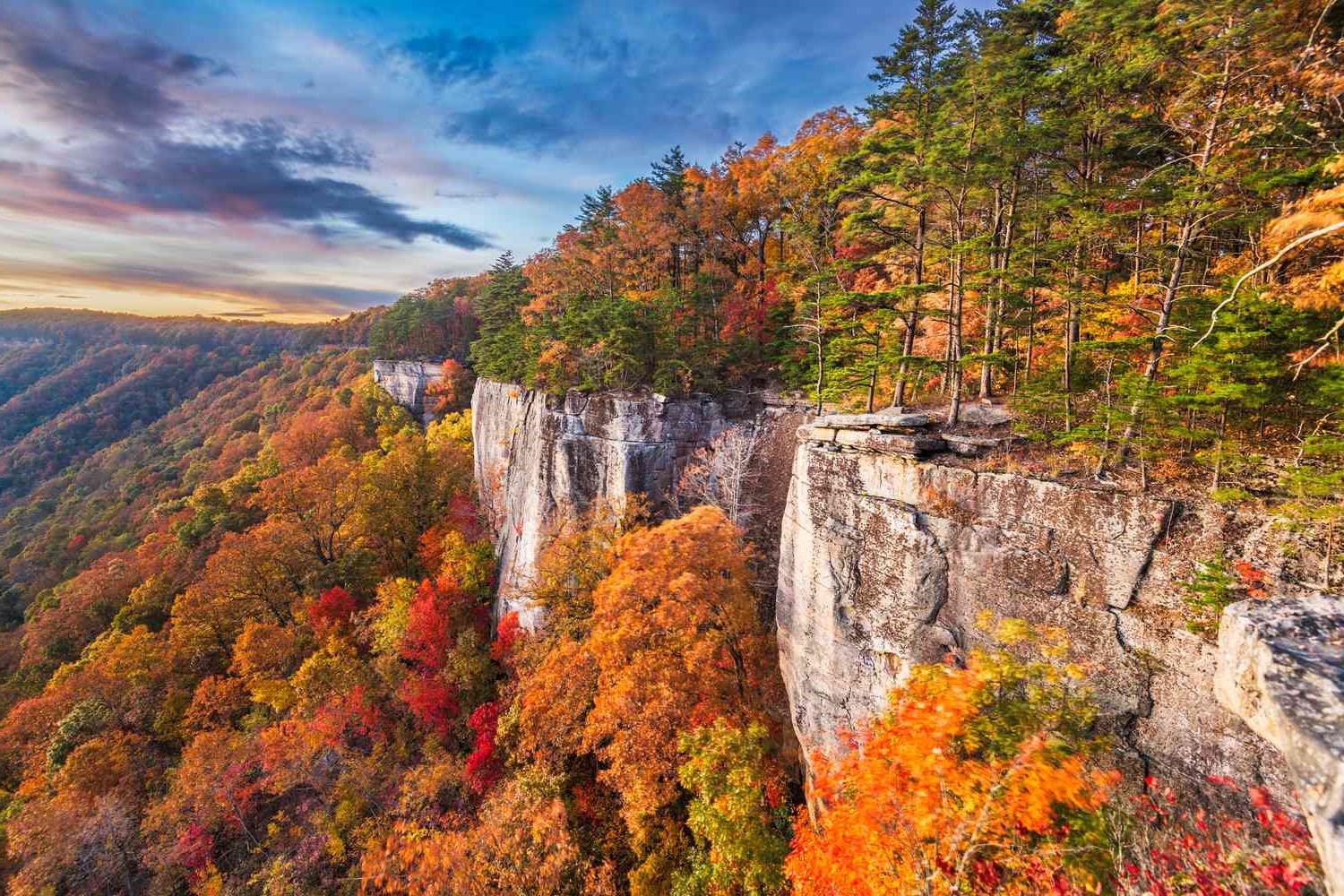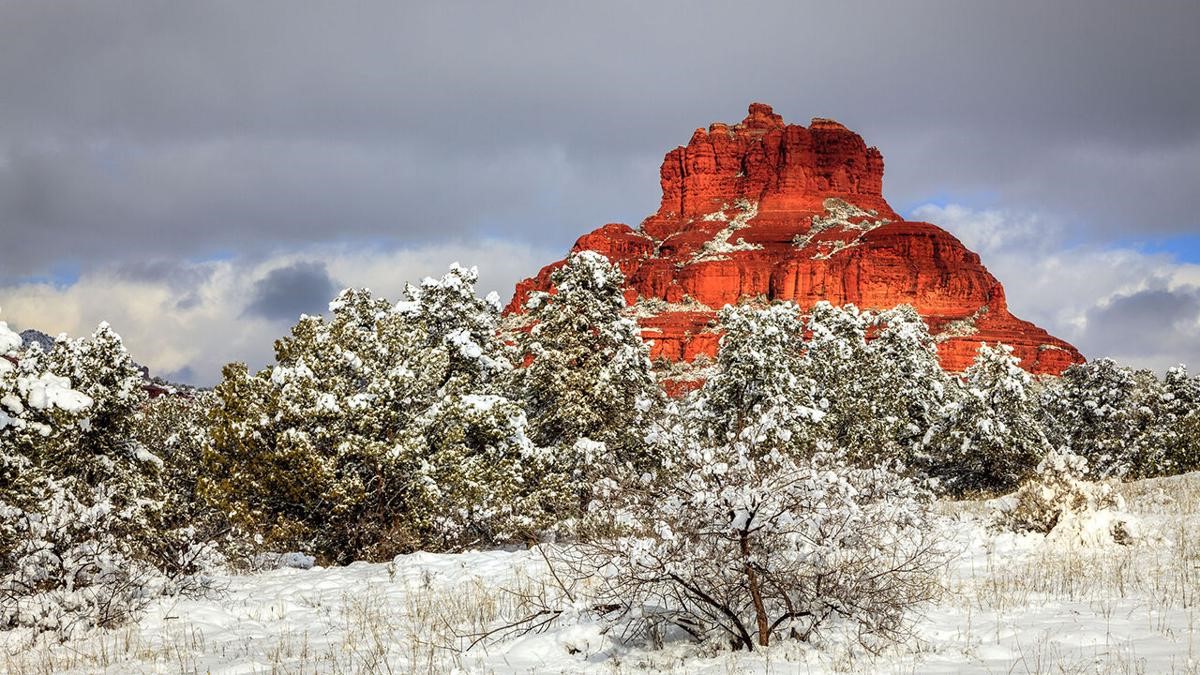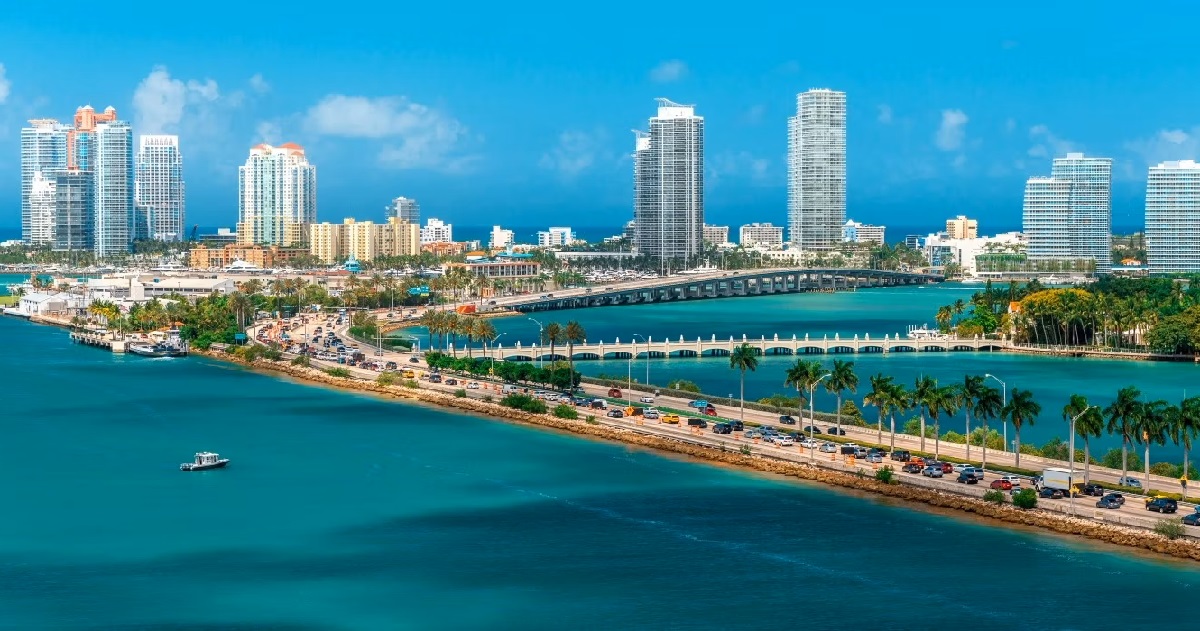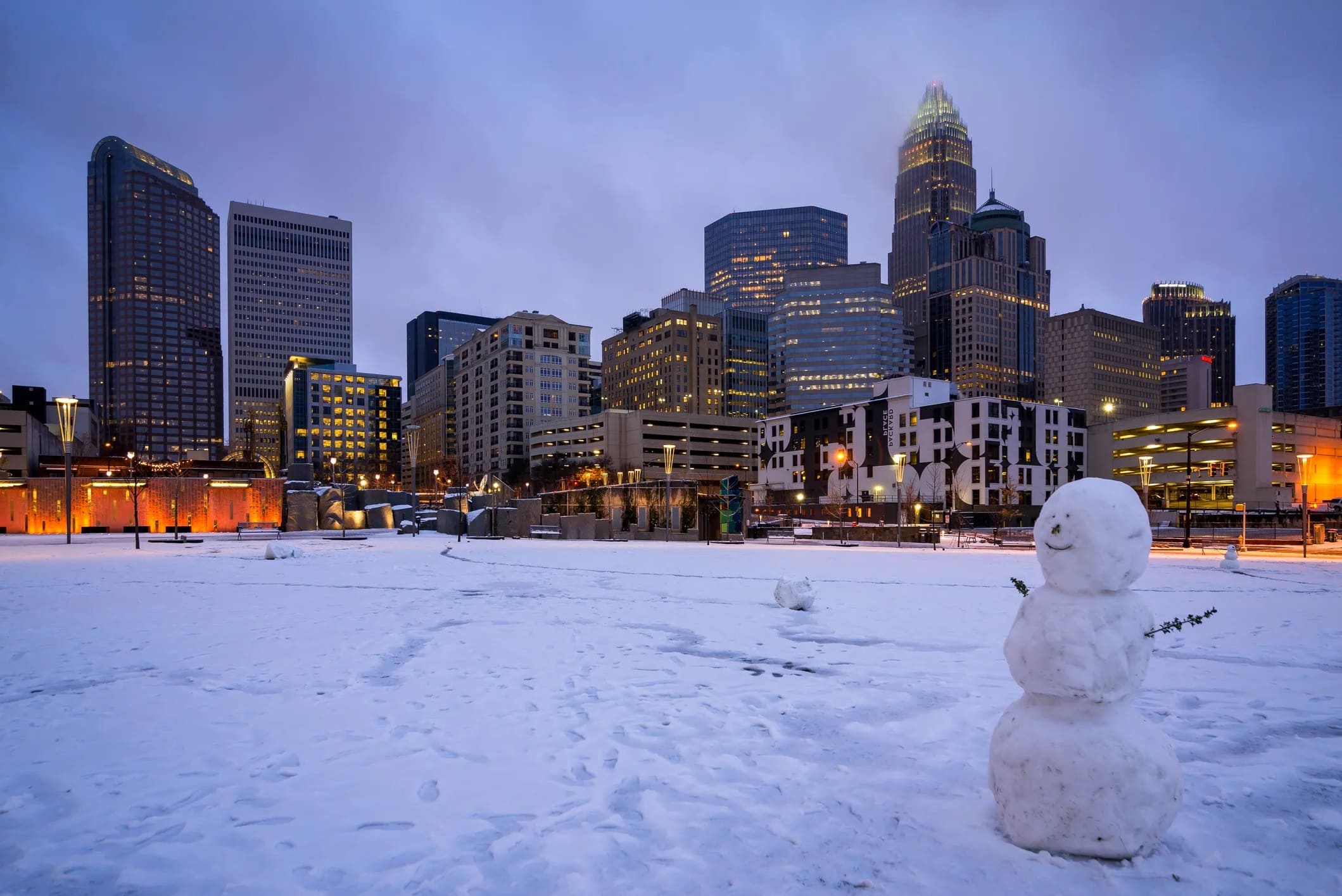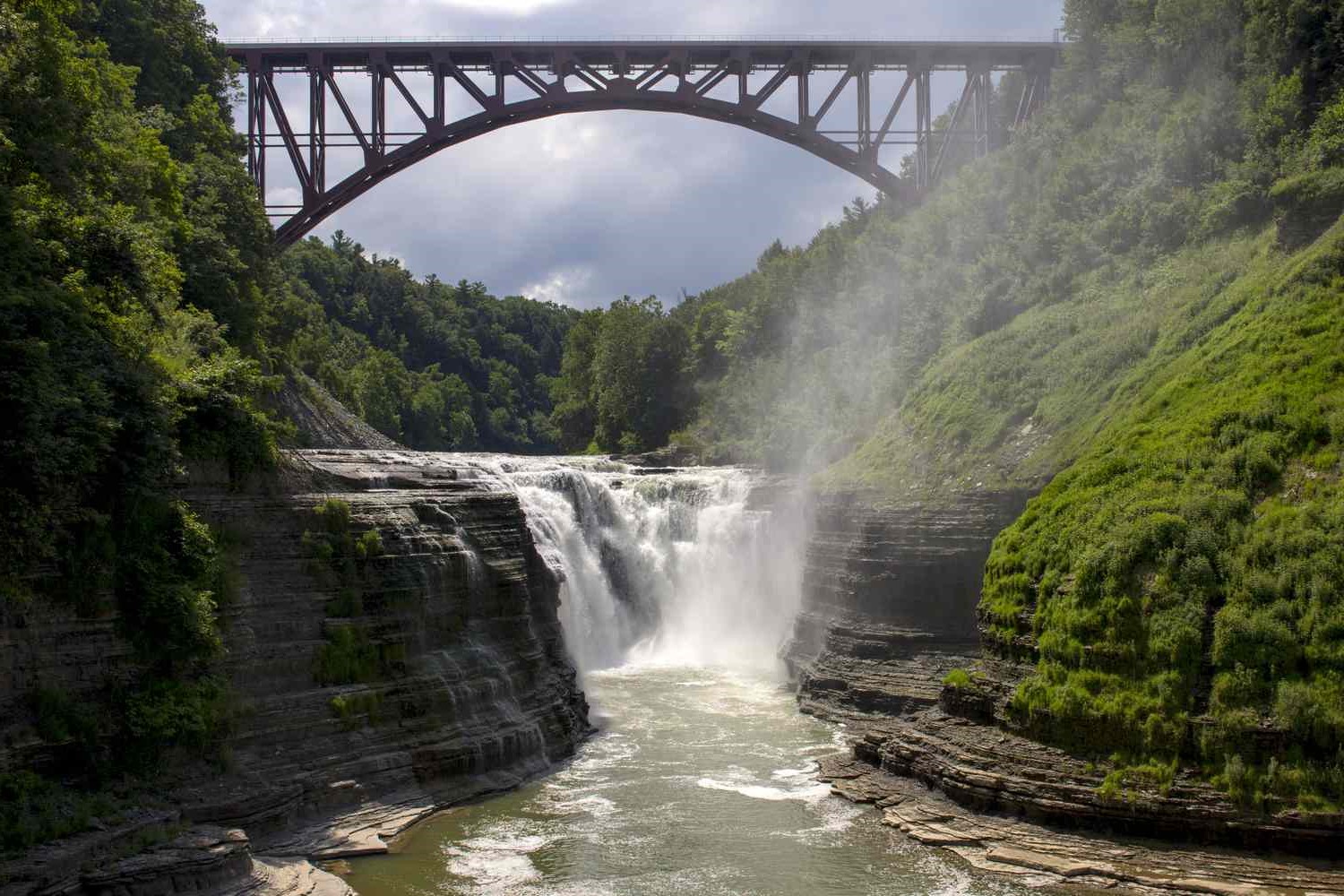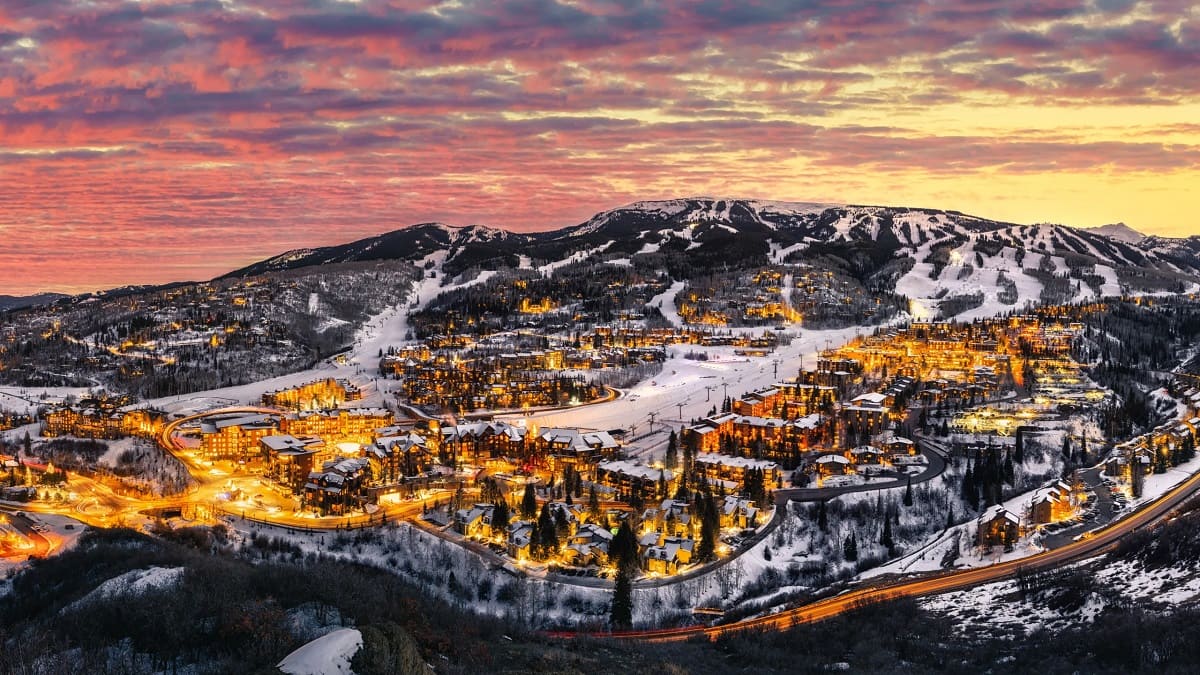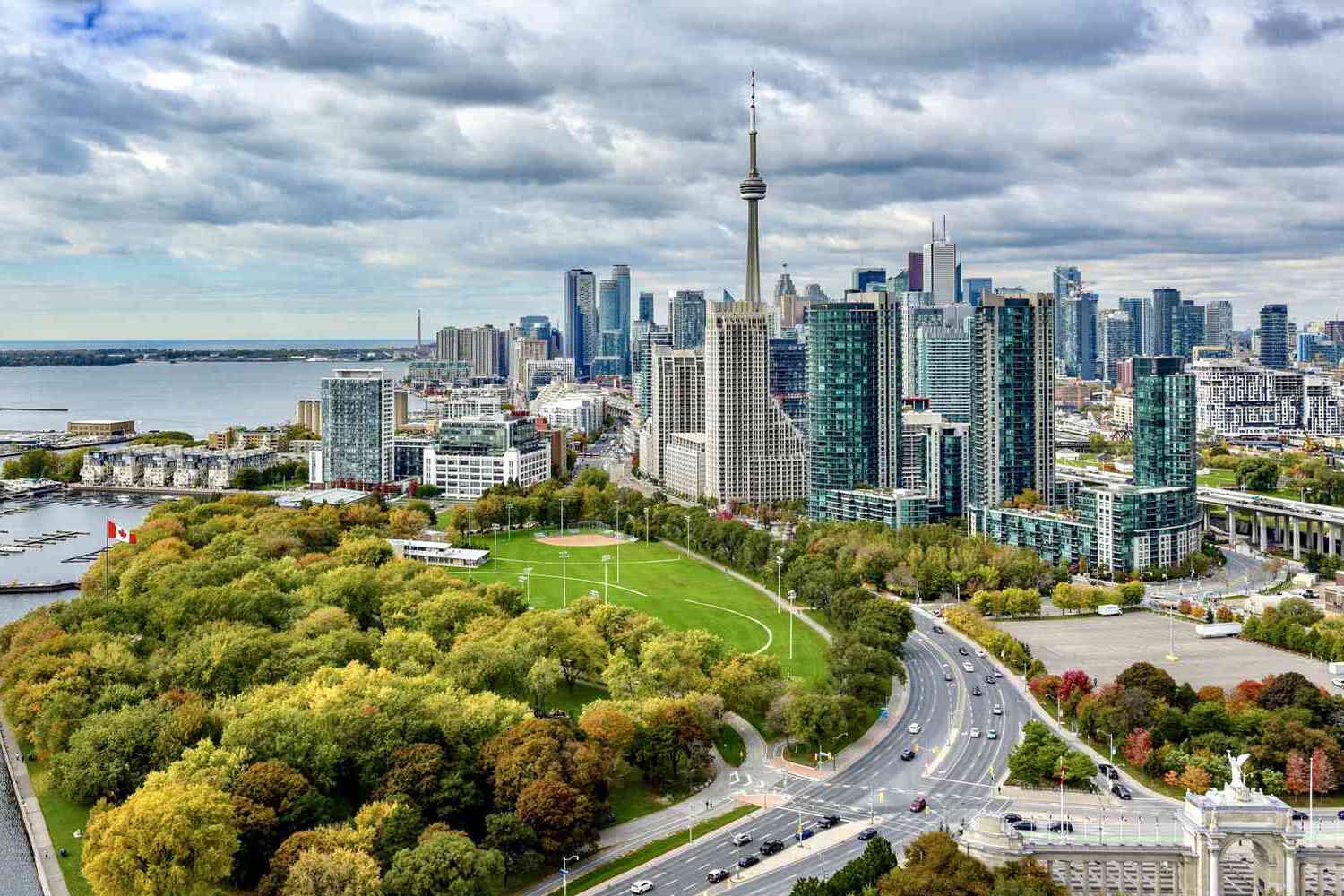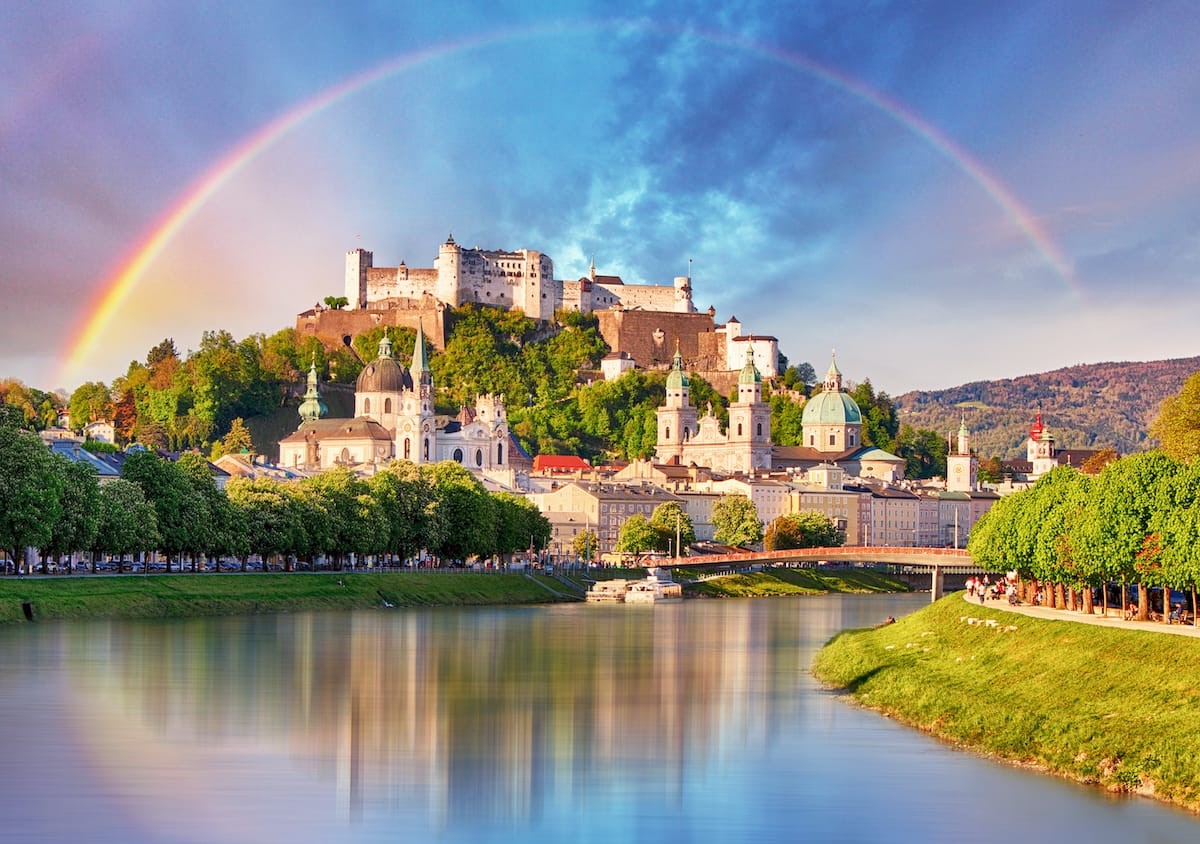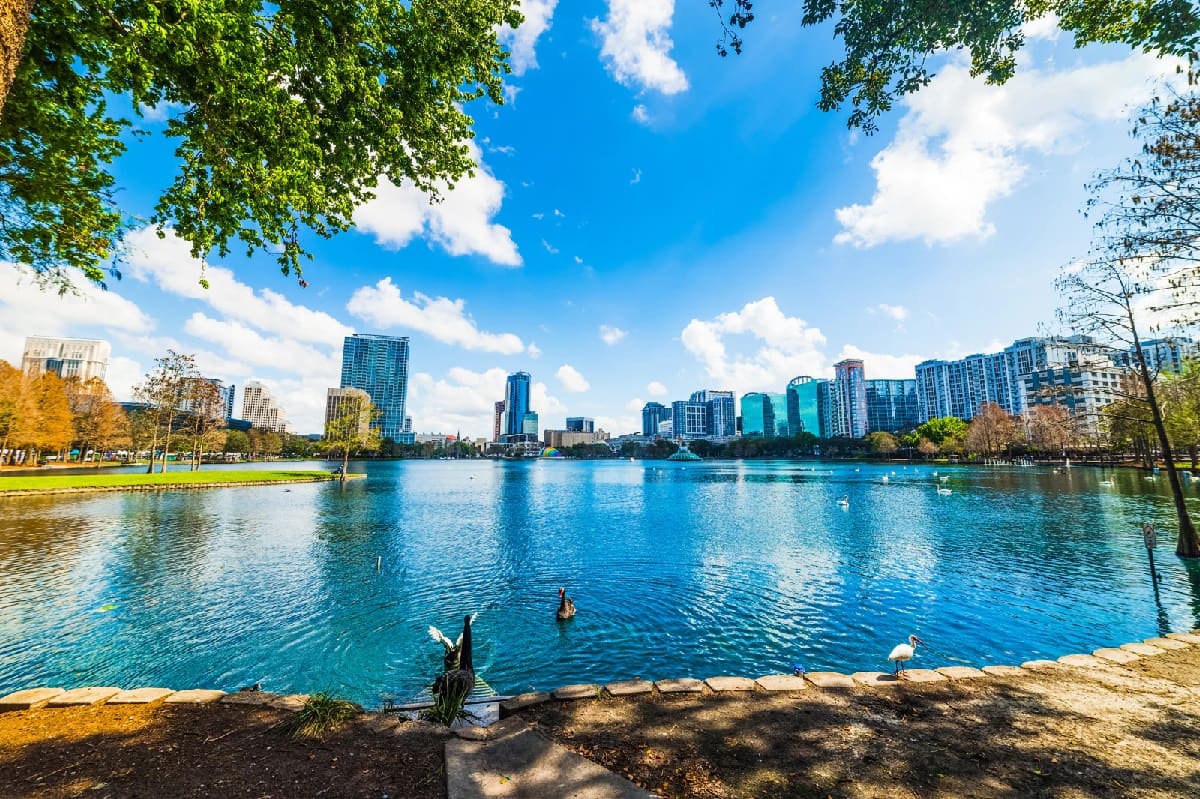Home>Weather and Climate>Average Winter Temperatures Across The United States


Weather and Climate
Average Winter Temperatures Across The United States
Published: March 7, 2024
Discover the average winter temperatures across the United States and gain insights into the weather and climate trends in different regions. Plan your winter activities with this comprehensive weather guide.
(Many of the links in this article redirect to a specific reviewed product. Your purchase of these products through affiliate links helps to generate commission for Temperatures.com, at no extra cost. Learn more)
Table of Contents
Introduction
Winter is a season of contrasts across the United States, with diverse climates and varying temperatures that paint a vivid picture of the country's geographical and meteorological tapestry. From the frosty landscapes of the Northeast to the mild winters of the South and the temperate conditions in the West, each region offers a unique experience during the winter months. Understanding the average winter temperatures across the United States provides valuable insights into the climate patterns that shape our daily lives and activities during this time of the year.
As we delve into the average winter temperatures across the United States, it's important to recognize the impact of these temperatures on various aspects of life, from outdoor recreational activities to energy consumption and even the natural world around us. By exploring the winter temperatures in different regions, we can gain a deeper appreciation for the diversity of climates that exist within the country and the ways in which these climates influence our daily routines and overall well-being.
In this comprehensive exploration, we will journey through the Northeast, Midwest, South, and West regions, uncovering the unique winter temperature profiles that define each area. By examining the average winter temperatures in these regions, we can gain a richer understanding of the climatic nuances that shape the landscapes and lifestyles of the people who call these regions home. So, let's embark on this enlightening expedition to discover the captivating tapestry of winter temperatures that blankets the United States.
Read more: Map Of Temperature In The United States
Methodology
To comprehensively understand the average winter temperatures across the United States, we utilized data from reputable sources such as the National Oceanic and Atmospheric Administration (NOAA) and the National Centers for Environmental Information (NCEI). These sources provide extensive historical climate data, including temperature records, which allowed us to analyze and present a detailed overview of winter temperatures in different regions.
The methodology involved gathering and analyzing temperature data from a wide range of locations within each region, ensuring that the findings accurately represent the diverse climates and geographical variations present across the United States. By leveraging this extensive dataset, we were able to capture the nuances of winter temperatures, from the frigid cold of the Northeast to the milder conditions in the South and the moderate climates of the West.
Furthermore, the methodology involved organizing the temperature data into meaningful categories, such as average monthly temperatures and temperature anomalies, to provide a comprehensive portrayal of winter climates in each region. This approach enabled us to identify trends, variations, and exceptional weather patterns that contribute to the overall understanding of winter temperatures across the United States.
In addition to historical temperature data, we also considered the impact of geographical features, such as mountain ranges, coastal influences, and latitude, on winter temperatures. These factors play a significant role in shaping the climate of each region and contribute to the distinct winter temperature profiles observed across the country.
By employing a meticulous and data-driven methodology, we aimed to present an accurate and insightful depiction of average winter temperatures across the United States. This approach ensures that the information provided offers a valuable resource for understanding the diverse winter climates that define the geographical and meteorological tapestry of the nation.
Northeast Region
The Northeast region of the United States experiences a winter characterized by its iconic snowscapes and chilly temperatures. Stretching from the rugged coastlines of Maine to the picturesque landscapes of upstate New York and the bustling urban centers of Boston and New York City, the Northeast embraces a diverse array of winter climates. The average winter temperatures in this region reflect the influence of its proximity to the Atlantic Ocean, as well as the moderating effects of the Appalachian Mountains.
In the northern reaches of the Northeast, states such as Maine, Vermont, and New Hampshire are known for their snowy winters, with average temperatures often dipping below freezing. The serene beauty of snow-covered forests and frozen lakes defines the winter landscape, creating a playground for winter sports enthusiasts and a serene backdrop for nature enthusiasts.
Moving southward, the urban hubs of Boston, New York City, and Philadelphia experience milder winter temperatures, typically hovering around the freezing mark. The coastal proximity of these cities contributes to relatively moderate winter conditions, with occasional snowfall interspersed with milder spells. The contrast between the urban bustle and the tranquility of snow-blanketed parks and historic neighborhoods adds a distinctive charm to the winter ambiance.
The Northeast's winter temperatures are also influenced by occasional weather phenomena such as nor'easters, which bring heavy snow and gusty winds to the region. These atmospheric events contribute to the region's reputation for memorable winter storms, often accompanied by picturesque scenes of snow-laden streets and buildings.
Overall, the Northeast region's winter temperatures offer a blend of wintry enchantment and urban resilience, reflecting the diverse climates and landscapes that define this corner of the United States. From the snow-covered peaks of the Adirondacks to the coastal cities adorned with a dusting of snow, the Northeast's winter temperatures paint a captivating portrait of seasonal contrasts and natural beauty.
As we continue our exploration of average winter temperatures across the United States, let's journey to the Midwest region, where a tapestry of winter climates awaits our discovery.
Midwest Region
The Midwest region of the United States encompasses a vast expanse of diverse landscapes, from the Great Lakes to the sweeping prairies and rolling plains. During the winter months, the Midwest experiences a range of temperatures that reflect the region's geographical and climatic diversity. From the snowy realms of Minnesota to the milder winters of Missouri and Illinois, the Midwest offers a captivating tapestry of winter climates.
In the northern reaches of the Midwest, states such as Minnesota and Wisconsin are renowned for their snowy winters, with average temperatures often plunging well below freezing. The pristine beauty of snow-covered forests and frozen lakes creates a winter wonderland that beckons outdoor enthusiasts and nature lovers alike. The iconic scenes of frozen waterfalls and glistening ice formations epitomize the enchanting allure of the Midwest's winter landscapes.
Moving southward, the urban centers of Chicago, Detroit, and St. Louis experience milder winter temperatures, typically hovering around the freezing mark. The proximity to the Great Lakes influences the winter climate in this region, often leading to lake-effect snowfall and occasional fluctuations in temperature. The contrast between the urban bustle and the tranquility of snow-draped parks and waterfronts adds a distinctive charm to the winter ambiance in these cities.
The Midwest's winter temperatures are also shaped by occasional weather phenomena such as blizzards and ice storms, which can blanket the region in a mantle of snow and ice, creating a breathtaking yet challenging winter spectacle. These atmospheric events contribute to the region's resilience and the enduring spirit of its residents in the face of winter's icy embrace.
Overall, the Midwest region's winter temperatures offer a blend of natural grandeur and urban vibrancy, reflecting the diverse climates and landscapes that define this expansive region of the United States. From the snow-laden forests of the North Woods to the bustling cityscapes adorned with a dusting of snow, the Midwest's winter temperatures paint a captivating portrait of seasonal contrasts and regional diversity.
As we continue our exploration of average winter temperatures across the United States, let's journey to the South region, where a tapestry of winter climates awaits our discovery.
South Region
The South region of the United States embraces a winter characterized by its mild temperatures and a unique blend of coastal influences, subtropical climates, and occasional wintry interludes. Stretching from the sun-kissed shores of Florida to the rolling hills of Tennessee and the vibrant cities of Texas, the South offers a diverse array of winter climates that reflect the region's geographical and meteorological tapestry.
In the southernmost reaches of the South, states such as Florida and Louisiana experience mild winter temperatures, often hovering comfortably above freezing. The subtropical climate in these areas creates a pleasant winter ambiance, with occasional cool spells interspersed with mild, sunny days. The allure of palm-fringed beaches and vibrant coastal communities adds a distinctive charm to the winter landscape, attracting visitors and residents alike to savor the delightful winter respite.
Moving inland, the states of Georgia, Alabama, and Mississippi also experience mild winter temperatures, with occasional fluctuations that bring about a touch of wintry enchantment. The rolling hills and verdant landscapes of this region provide a picturesque backdrop for the occasional dusting of snow, creating a serene winter tableau that captivates the senses and evokes a sense of seasonal tranquility.
The South's winter temperatures are also influenced by occasional weather phenomena such as Gulf Coast storms and sporadic cold fronts, which can bring about brief periods of cooler weather and the occasional flurry of snow. These atmospheric events contribute to the region's resilience and the enduring spirit of its residents in the face of winter's gentle embrace.
Overall, the South region's winter temperatures offer a blend of subtropical allure and seasonal tranquility, reflecting the diverse climates and landscapes that define this captivating corner of the United States. From the sun-dappled shores of the Gulf Coast to the rolling hills adorned with a touch of snow, the South's winter temperatures paint a captivating portrait of seasonal contrasts and regional diversity.
As we continue our exploration of average winter temperatures across the United States, let's journey to the West region, where a tapestry of winter climates awaits our discovery.
West Region
The West region of the United States encompasses a diverse array of landscapes, from the rugged coastlines of the Pacific Northwest to the majestic peaks of the Rocky Mountains and the sun-drenched deserts of the Southwest. During the winter months, the West experiences a wide spectrum of temperatures that mirror the region's geographical and climatic diversity. From the snowy realms of the Sierra Nevada to the mild winters of California and the arid landscapes of Arizona, the West offers a captivating tapestry of winter climates.
In the northern reaches of the West, states such as Washington and Oregon are known for their wet winters and mountainous terrain, with average temperatures often hovering near or slightly above freezing. The snow-capped peaks and lush evergreen forests create a picturesque winter wonderland that beckons outdoor enthusiasts and nature lovers alike. The iconic scenes of snow-draped forests and cascading waterfalls epitomize the enchanting allure of the West's winter landscapes.
Moving inland, the states of California and Nevada experience a diverse range of winter temperatures, from the snowy Sierra Nevada to the milder coastal and desert regions. The coastal proximity influences the winter climate in this region, often leading to moderate temperatures and occasional rainfall. The contrast between the snow-dusted mountains and the sun-kissed coastlines adds a distinctive charm to the winter ambiance, offering a blend of natural grandeur and coastal allure.
The West's winter temperatures are also shaped by occasional weather phenomena such as Pacific storms and atmospheric rivers, which can bring about significant rainfall and snowfall, replenishing the region's water resources and creating a breathtaking winter spectacle. These atmospheric events contribute to the region's resilience and the enduring spirit of its residents in the face of winter's dynamic embrace.
Overall, the West region's winter temperatures offer a blend of natural grandeur and coastal allure, reflecting the diverse climates and landscapes that define this expansive and captivating corner of the United States. From the snow-capped peaks of the Cascades to the sun-drenched coastlines adorned with a touch of winter rain, the West's winter temperatures paint a captivating portrait of seasonal contrasts and regional diversity.
As we conclude our exploration of average winter temperatures across the United States, we have unveiled a rich tapestry of climates and landscapes that define the winter experience in each region. This journey has provided valuable insights into the diverse winter temperatures that shape the geographical and meteorological tapestry of the nation, offering a deeper appreciation for the seasonal contrasts and natural beauty that define the winter months across the United States.
Conclusion
In conclusion, the average winter temperatures across the United States paint a vivid tapestry of climatic diversity and regional contrasts. From the frosty landscapes of the Northeast to the mild winters of the South and the varied climates of the Midwest and West, each region offers a unique winter experience shaped by geographical features, coastal influences, and occasional weather phenomena.
The Northeast region showcases a winter characterized by iconic snowscapes and chilly temperatures, with the northern states experiencing snowy wonderlands and the urban centers embracing milder yet picturesque winter conditions. The Midwest region encompasses a vast expanse of diverse landscapes, from snowy realms to milder urban centers, reflecting the region's geographical and climatic diversity. In the South, mild temperatures and occasional wintry interludes create a unique blend of coastal influences and subtropical climates, offering a delightful winter respite. The West region presents a captivating tapestry of winter climates, from the snowy peaks of the Cascades to the sun-kissed coastlines, reflecting the region's geographical and climatic diversity.
By delving into the average winter temperatures in each region, we gain a deeper understanding of the climatic nuances that shape the landscapes and lifestyles of the people who call these regions home. The winter temperatures not only influence outdoor recreational activities and energy consumption but also contribute to the natural beauty and seasonal allure of each region.
As we conclude our exploration of average winter temperatures across the United States, we have unveiled a rich tapestry of climates and landscapes that define the winter experience in each region. This journey has provided valuable insights into the diverse winter temperatures that shape the geographical and meteorological tapestry of the nation, offering a deeper appreciation for the seasonal contrasts and natural beauty that define the winter months across the United States.
